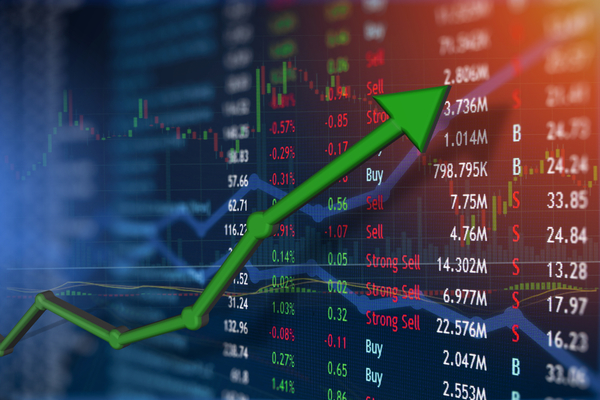“These strategies are built to have less risk than the stock market,” said Roni Israelov, chief investment officer of NDVR Inc. Buffered funds trade less risk for limited gains and potential high fees, but with the market contending with multiple headwinds, these strategies can give investors much needed breathing room and blunt catastrophic losses.
In the past four years, options-trading funds – a Morningstar category that encompasses both hedged equity and buffered funds – have grown by $40 billion, going from $16 billion to $56 billion. Innovator is the largest provider in the space, and its biggest buffer fund is the Innovator U.S. Equity Power Buffer ETF (PJAN ). Year to date, PJAN is down 5.7% at a time when the S&P 500 is 15% in the hole. The Bloomberg Aggregate Bond Index, meanwhile, is down 9.9%.
When the S&P was down 23% earlier in the year, PJAN was only down 11%, underlining the effectiveness of the strategy. Morningstar senior manager research analyst Bobby Blue said, “investors nearing retirement like the reduced volatility,” but cautioned that these funds are still exposed to the equity markets. In many cases, buffered funds will protect investors from the initial bleed of a market slide but could lose money if the markets continue to fall. It is also worth noting that many buffered funds do come with more costly expense ratios.
With market volatility and uncertainty unlikely to relent in the coming months, buffered funds could be worth exploring for many investors.
For more news, information, and strategy, visit VettaFi.

